Synchronization between traffic development and real estate
In the urban development plan according to public transport orientation (TOD), Ho Chi Minh City proposed 3 implementation phases.
Phase 1 includes the first 5 years from 2025; phase 2 is the next 10-15 years and phase 15-20 years after that, corresponding to the completion of the urban railway network.
According to Mr. Vo Tuan Thanh - Ho Chi Minh City Urban Development Management Board, the city aims to form an urban and regional railway network as a transport backbone, promoting urban restructuring according to the TOD model. The implementation of TOD will prioritize invested metro lines, high demand, regional connectivity and public land or leased land about to expire.

The three phases of urban development around the metro station of Ho Chi Minh City will correspond to the completion time of the city's urban railway system. (Illustration photo)
Specifically, Ho Chi Minh City aims to develop TOD in areas with high potential for land value recovery to reinvest in metro infrastructure. Projects are implemented in phases, ensuring synchronization between transport and real estate development, creating cash flow and market attraction.
The 2025 - 2030 period will focus on metro line 1 Ben Thanh - Suoi Tien; metro line 2 (under construction) and extended line 2 (Ben Thanh - Thu Thiem - Long Thanh) along with Ring Road 3.
This is the stage where the city is both implementing and learning from experience, expanding TOD to Binh Duong (old) and connecting with Long Thanh airport.
In the period from 2030 to 2045, TOD urban areas will develop according to metro lines 3, 4, 6 to close the metro, creating conditions for inner-city traffic; develop around metro line 2 extending to the old Binh Duong and the metro line connecting the old Vung Tau to Long Thanh, creating a network connecting Ho Chi Minh City with neighboring provinces.
In the period after 2045, the city will complete metro lines 5, 7, 8, 9, 10… towards a new, complete and closed urban railway network of Ho Chi Minh City. TOD urban areas around this area will be invested in parallel.
"In the first 5 years, Ho Chi Minh City will focus on researching and developing TOD on 3 main routes: metro 1, metro 2 and Ring Road 3, with 11 key locations such as C30 area, the area around Phuoc Long station, Coconut farm, 29ha area of Long Binh ward, Tan Hiep area 8, the area around Tan Kien station... Then, additional areas such as Tham Luong Depot (metro 2) will be added, gradually forming an urban ecosystem associated with modern public transport ," said Mr. Thanh.
Binding responsibility for developing social housing in TODs
In reality, Ho Chi Minh City does not have a completed TOD project to gain practical experience, but according to the Ho Chi Minh City Urban Development Management Board, the city has formed a policy mindset and is implementing pilot steps.

In the 2025-2030 period, TOD development will focus on the Ben Thanh-Suoi Tien route; metro line 2 and extension line 2 (Ben Thanh - Thu Thiem - Long Thanh) and Ring Road 3. (Source: Urban Development Management Board)
In particular, metro line No. 1 Ben Thanh - Suoi Tien has been put into operation and is considered an important foundation for implementing the TOD model in the future.
Ho Chi Minh City has selected specific locations around metro stations No. 1, No. 2 and Ring Road 3 as TOD pilot areas. The approach is not to deploy widely but to select potential areas for testing.
At the same time, the city is also focusing on land use planning around stations, aiming at auctioning, calling for investment, and effectively exploiting land funds along the metro, in order to create higher socio -economic value.
One advantage that Ho Chi Minh City has for TOD investment is strong private financial resources, which need to be attracted and exploited effectively.
Many domestic and foreign experts have also provided TOD development experiences in the world that are suitable for Ho Chi Minh City to implement TOD projects quickly and sustainably.
Accordingly, experts recommend that TOD suitable for Ho Chi Minh City needs to specifically bind the responsibility for developing social housing and affordable housing in TOD areas; diverse and inclusive urban planning, with principles of sustainable design and climate change adaptation to ensure long-term success.
For large-scale implementation, Ho Chi Minh City needs to plan the TOD - station connection; climate change is a mandatory requirement directly in the main stages of the planning and investment approval process; build a transparent financial mechanism according to the land value sharing model; attract investment in the form of public-private partnership (PPP)...
According to experts, Ho Chi Minh City should select 1-3 pilot locations and start implementing TOD in practice. This will help build capacity, reputation and identify unforeseen obstacles.

The area around Phuoc Long station is the first location that Ho Chi Minh City has chosen to invest in TOD in the first phase. (Photo: Le Quan)
More importantly, the city needs to establish a specialized agency to manage and coordinate TOD development. Without a common coordinating body, decisions will be delayed, overlapped, and result in high costs.
At the workshop "Improving TOD implementation capacity and signing a memorandum of understanding on cooperation between the Ho Chi Minh City People's Committee and the Ministry of Foreign Affairs and Development - United Kingdom of Great Britain and Northern Ireland" held on September 23, Mr. Bui Xuan Cuong, Vice Chairman of the Ho Chi Minh City People's Committee, said that Ho Chi Minh City is at a pivotal point in the development process, having just merged with Binh Duong and Ba Ria - Vung Tau. Ho Chi Minh City's space has expanded to more than 6,700 km², with a population of about 14 million people.
With its new stature, Ho Chi Minh City aims to become a regional megacity, playing a key role in the economic and creative network.
“HCMC has identified TOD as a key strategy to build a connected, smart and sustainable megacity and is focusing on completing the metro system, with the goal of putting 355km of urban railway into operation by 2035. At the same time, the issuance of Resolution 38 on the development of TOD areas is an important step to solve the traffic problem, promote trade and improve the quality of life,” said Mr. Cuong.
The leader of the Ho Chi Minh City People's Committee affirmed that the city will learn from international experience, especially from the UK, in implementing the TOD model, from financial mechanisms, legal frameworks to choosing a model suitable for Vietnam's conditions, contributing to realizing the city's "super-connected" vision in the near future.
Source: https://vtcnews.vn/tp-hcm-dinh-huong-3-giai-doan-phat-trien-do-thi-quanh-nha-ga-metro-ar966990.html



![[Photo] Prime Minister Pham Minh Chinh chairs the Government's online conference with localities](https://vphoto.vietnam.vn/thumb/1200x675/vietnam/resource/IMAGE/2025/10/5/264793cfb4404c63a701d235ff43e1bd)



![[Photo] Prime Minister Pham Minh Chinh launched a peak emulation campaign to achieve achievements in celebration of the 14th National Party Congress](https://vphoto.vietnam.vn/thumb/1200x675/vietnam/resource/IMAGE/2025/10/5/8869ec5cdbc740f58fbf2ae73f065076)


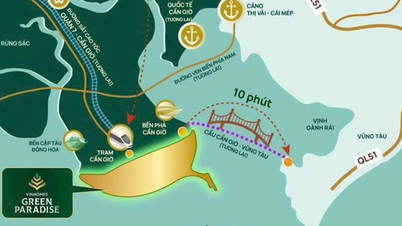
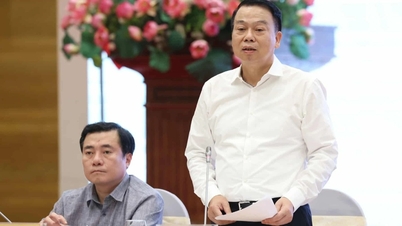

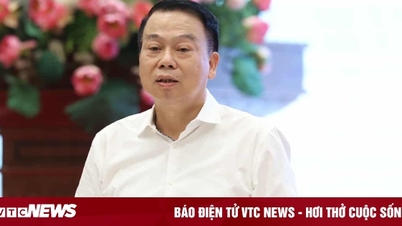









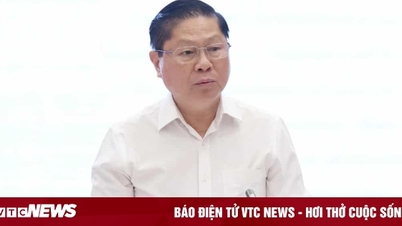


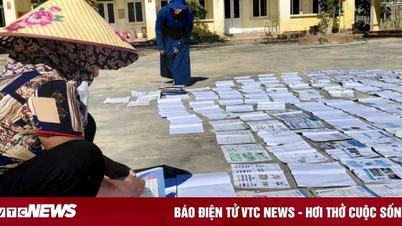

























![[VIDEO] Summary of Petrovietnam's 50th Anniversary Ceremony](https://vphoto.vietnam.vn/thumb/402x226/vietnam/resource/IMAGE/2025/10/4/abe133bdb8114793a16d4fe3e5bd0f12)

![[VIDEO] GENERAL SECRETARY TO LAM AWARDS PETROVIETNAM 8 GOLDEN WORDS: "PIONEER - EXCELLENT - SUSTAINABLE - GLOBAL"](https://vphoto.vietnam.vn/thumb/402x226/vietnam/resource/IMAGE/2025/7/23/c2fdb48863e846cfa9fb8e6ea9cf44e7)
















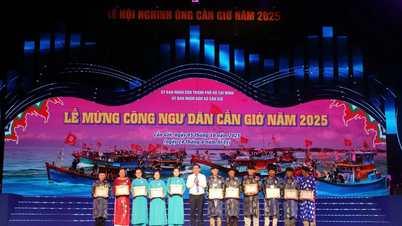


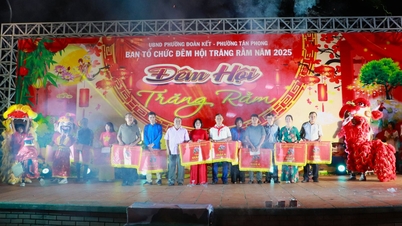















Comment (0)